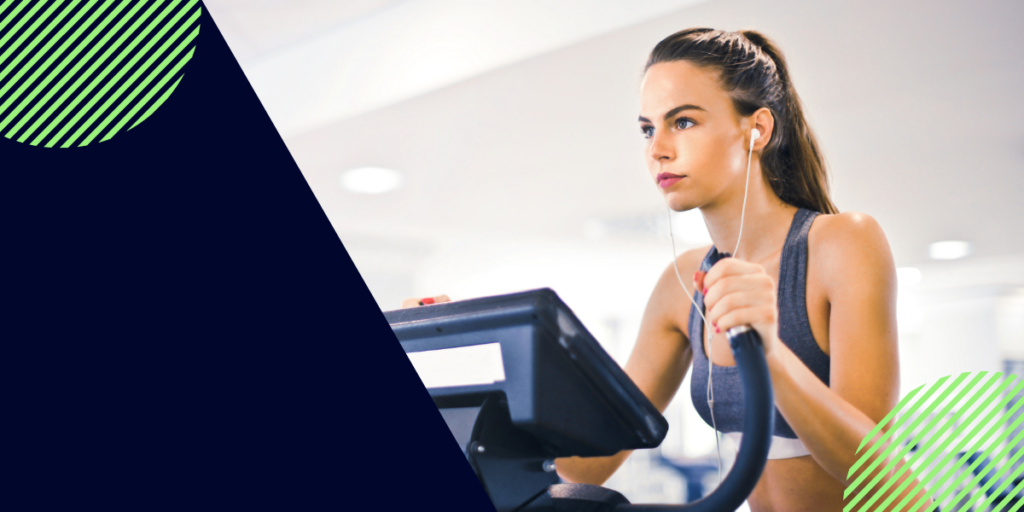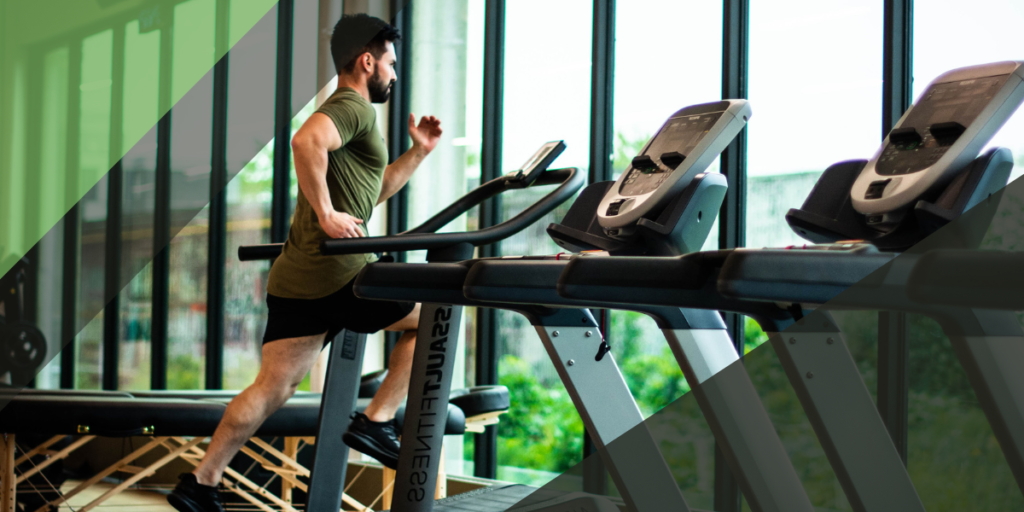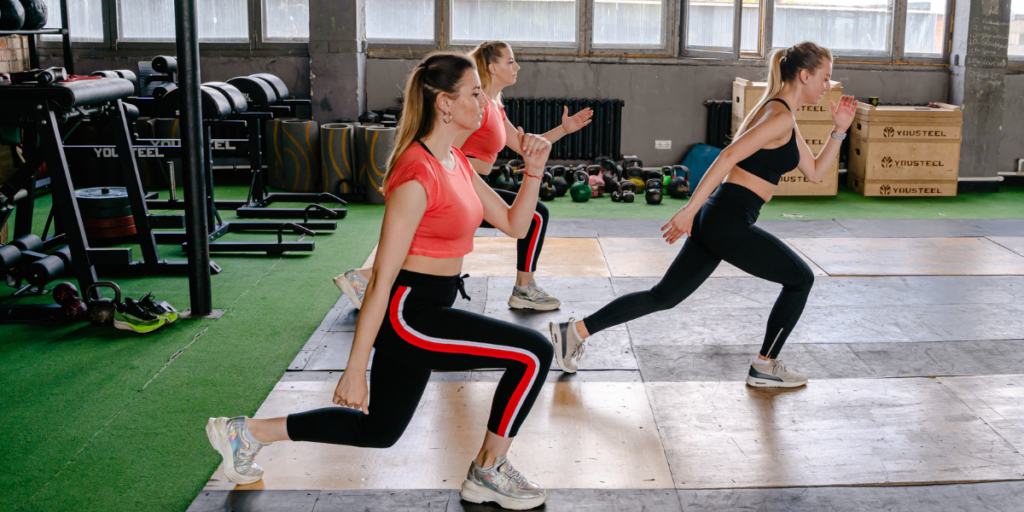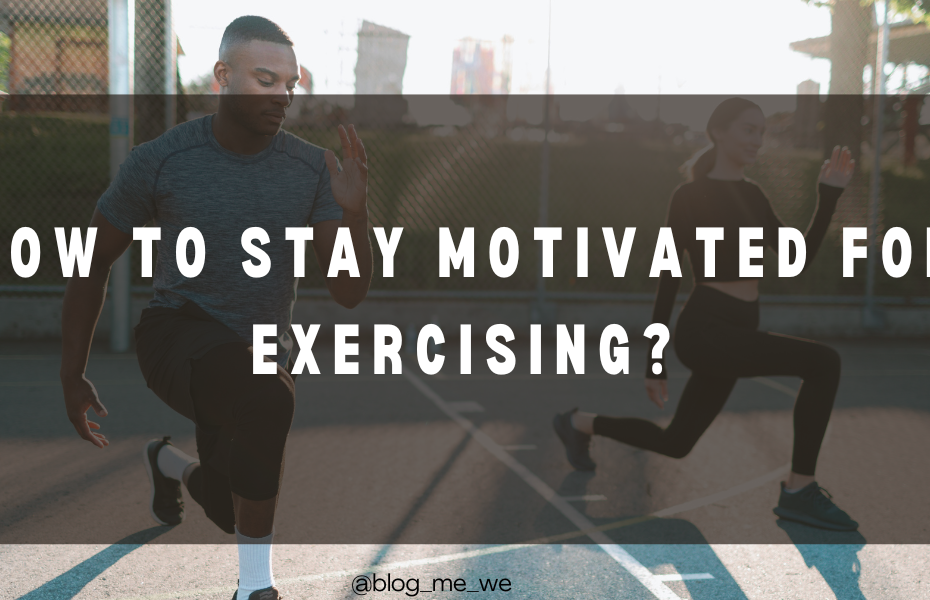Exercising is not something many of us enjoy doing but we know, we should do it. Many people believe that running gives them a high or makes them addicted to exercise. However, many people find it difficult to enjoy exercising. Some people might say that they don’t like it or dread going to the gym.
Why is it that some people hate exercising? How can we get rid of this hatred and reap the lifesaving benefits of getting our bodies moving?
The ability to exercise was not something that evolved in humans. Food was scarce for most of human history. Being active was not an option. Humans had to move for millennia to find food. Once they were satisfied, they slept to conserve energy.
If you feel the need to relax and watch Netflix instead of going to the gym or going to the beach, rest assured that this is a natural human instinct.

However, 21st-century lifestyles are too sedentary and rely on sitting. Technology, cars, and other labor-saving tools make it unnecessary to move for your daily survival. Exercising was even more pushed back by the COVID-19 pandemic, which forced us to stay at home.
Being physically inactive can be very detrimental to our health. The Lancet published a meta-analysis that found physical inactivity was associated with an increased risk for colon cancer, breast cancer, type 2 diabetes, 20-60% increased risk, and a 30% – 50% greater risk of premature deaths.
How much physical activity is required?
Adults aged 18 to 65 in Australia should get 150 minutes (or better, 300) of moderate-intensity physical activity per week. A moderate-intensity workout might include a light walk, light cycling, or mowing the grass.
You only need to exercise vigorously for 75-150 minutes each week if you’re willing. Vigorous activity refers to any strenuous activity that makes it difficult for you to have a conversation. It could be running, jogging or playing tennis or football.
Different types of physical activity offer different benefits, so it is important to encourage a variety of activities. Muscle-strengthening activities like pushing ups and lifting weights are recommended twice per week to maintain strong bones and muscles.
All of this may sound complicated but any exercise can be good for you. Furthermore, to reap the benefits of physical activity, you don’t need to meet the guidelines.

Here are some scientifically-backed tips to motivate you to exercise
Psychologists say there are two types of motivation. Extrinsic motivation and intrinsic motivation. Intrinsic motivation is a result of the inner desire to do something for a reward or challenge. Extrinsic motivation is derived from external factors such as trying to avoid punishment or earn a reward. Find the reason you exercise is important to increase your intrinsic motivation.
Find your “why”
Do you want to exercise for health? Do you want to exercise for yourself or your children? Are you doing it to feel better? Long-term health and function benefits of exercise, as well as flow-on benefits to your children’s health, mood, and vitality, are all benefits. It can be helpful to have a clear vision of what you want from exercise. You can also use extrinsic motivational tools to help you get started in exercise.
Exercise Together

Meet up with a friend and go for a run together. Because you don’t want your friend to lose sight of the goal, you’ll be more likely than ever to keep up with it. Research shows that people who exercise with friends and family tend to exercise longer than those who exercise alone.
Reward Yourself
You can reward yourself with new clothing or shoes that you enjoy wearing while exercising. Or you can reward yourself with your favorite food as a cheat meal. You must exercise a certain amount to qualify for the reward.
Buy An Activity Tracker

Buy an activity tracker. A variety of features are available on fitness trackers to increase motivation such as prompts and self-monitoring. Research has shown that activity trackers can increase physical activity.
Do Something You Enjoy
It is important to exercise at the same time every day so that it becomes a routine. Research shows that exercising in the morning is more likely to form a habit than exercising in the evening. You can try dancing or cycling.
Enjoy An activity
It is difficult enough to start a new exercise routine. You can increase your chances of sticking to a new exercise routine by engaging in something you enjoy. If you’re doing an exercise that you like, you might exercise at a higher intensity than you realize. Don’t run if you don’t like it. Instead, take a long, peaceful walk in the woods.
Start Small
Start small or slow and gradually grow. Make small-small wins. For instance, start with 20 minutes of workout and then increase it to 30 and so on. Don’t overdo it. You are also less likely to injure or feel sore.
Upbeat Music

Upbeat music can improve mood and reduce exertion during exercise. This leads to higher work output. Further, these benefits are especially beneficial for repetitive, rhythmic forms of exercise like running and walking.
Take Your Dog On A Walk
Dog-walkers are more likely to walk their dog for longer periods of time than those who don’t, and they feel safer and more connected in their community.
Financial Commitments Are Necessary
According to behavioral economic theory, humans are motivated by loss avoidance. Commercial websites use this to their advantage by asking people to sign a “commitment agreement” where they make a financial deposit. If the commitment is not fulfilled, it is forfeited. This has been proven to increase physical activity, weight loss, and medication compliance. Moreover, it is a true fact that you are more likely to go for something you have paid for than something you joined for free.

Conclusion
So, to conclude, it takes three to four months for a habit to be formed. Be patient. The intrinsic motivators will keep you motivated to exercise. You never know, you might be the one who gets your friends and family hooked on exercising and inspires them too. So, keep moving and remember, your body is your biggest strength and it can be your biggest weakness.

Pooja Chandak is an avid reader and an experienced content writer. Apart from blogs, she writes quotes and poems. She started writing when she was in school. Pooja currently works as a Content Development Executive for a Mumbai-based company.
